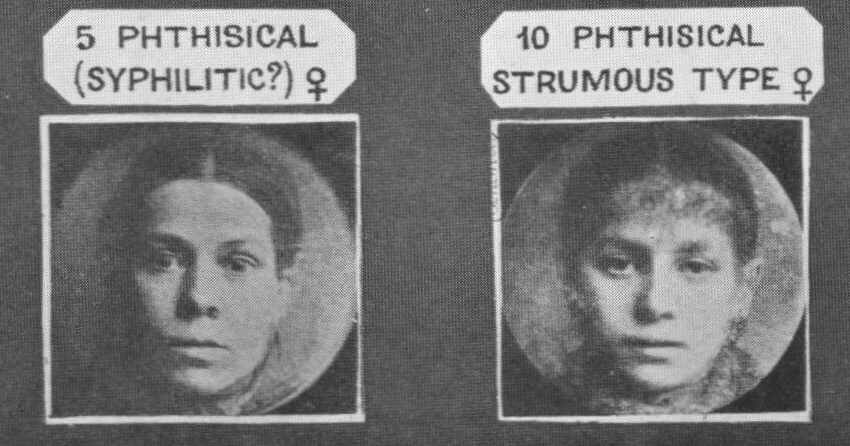A student* linked me to The Postnational Monitor, which features composite photographs of different racial, ethnic, and cultural groups. By superimposing many images (selected by unstated criteria) and centering them on the eyes and other key facial features, they produce visual “averages”. Here’s an average German male:

And here’s an average Irish female:

Some of the distinctions are pretty subtle. I had to look back and forth several times to make sure the Belgian and Dutch woman were not the same image. Can you tell which is which?


Statistics can be witty. Here’s “Ras’ average ex-girlfriend:

This lovely individual is the average South African female:

And the average Han Chinese man:

This fascinates me because in the 19th century, Francis Galton (Charles Darwin’s cousin and the inventor of eugenics and linear regression) invented this technique to uncover the “true” underlying features of different groups. His methods were cruder, of course, but the technique was basically the same. Here’s the essential Boston physician:

But for Galton, this was more than just visual play. He thought you could identify fundamental features of physiognomy, letting one get at the structural qualities of health and behavior. Composite photography could reveal the facial features of predisposition to disease (diathesis):

It could also be useful in crime prevention. Here are portraits of the kind of man who commits larceny (without violence):

Right! If you see any of these men, look for the nearest Bobbie.
Today, more sophisticated image-processing could be easily combined with DNA sampling and whole-genome analysis to find genetic correlates of these facial features. The Human Genome Project was, of course, a “composite” of a sequential sort—it comprised consensus sequences of numerous individuals to provide an image of “the” human genome. Today, much of personalized medicine relies on genomic composites of “Europeans,” “Africans,” and “Han Chinese.” Someday, similarly blurry visual portraits might even be made from genome data.

Think of the possibilities for preventive medicine and crime prevention! With sufficient data, it would be straightforward to produce “Wanted”-style posters of people predisposed toward illness or indiscretion, enabling the appropriate authorities to step in and save both the public and the individuals themselves from suffering.
There is a long-standing dialectic between the belief that individuality most faithfully expresses the real world and the belief that truth lies in averages–that variation is noise. Personalized medicine, which relies on “big data,” inches forward by the pushes and pulls of that dialectic, alternately claiming to tailor treatment to the individual and relying on racial categories considerably less differentiated than the composites above to parse disease and behavior.
The patron saint of this style of research is (or ought to be) a hybrid of Galton and Archibald Garrod, whose inborn errors of metabolism are often cited as the origin of the kind of individualized, biochemical-genetic approach so much in favor today. So we close with a portrait of that patron saint, Sir Francibald Galrod:

*h/t Dmitry Pavluk
This is fascinating! I would love to see what the average Russian, Polish and Swedish woman looks like (these three cultures make up the majority of my heritage)!
Glad you enjoyed the post. Check out the original site–those nationalities are all there. Wonder what would happen if you then morphed them. Would it look like you?